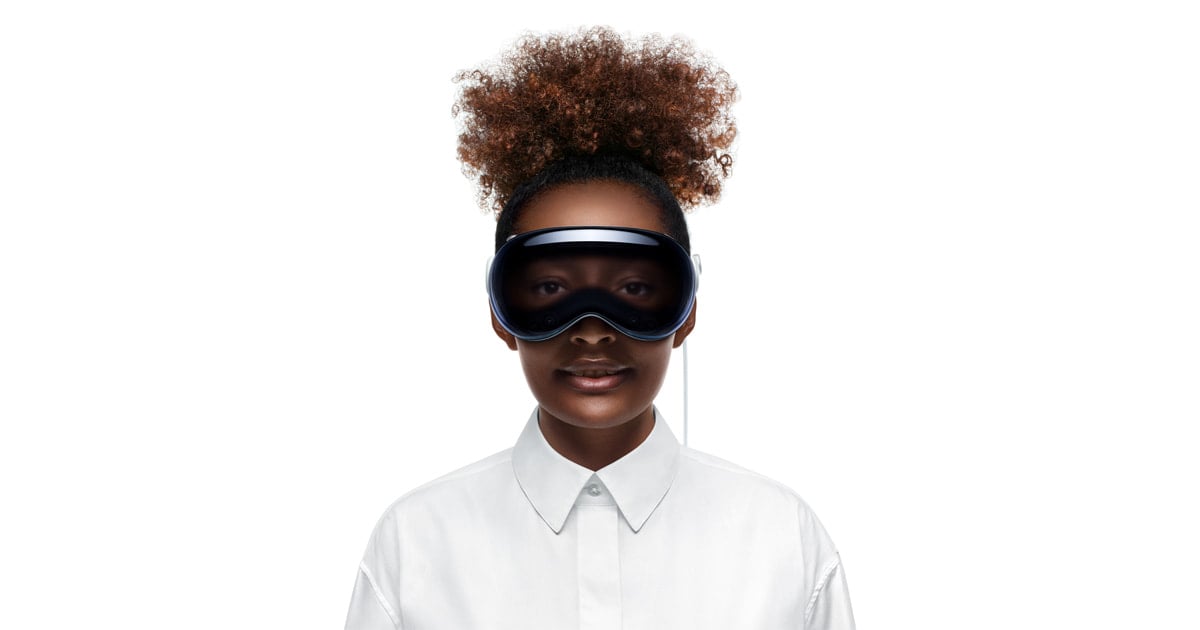- cross-posted to:
- hackernews@lemmy.smeargle.fans
- hackernews@derp.foo
- cross-posted to:
- hackernews@lemmy.smeargle.fans
- hackernews@derp.foo
I honestly doubt this will take off, but it’ll be interesting as a tech demo for what AR/VR can be at the highest end.



4k is low for 360 or 180 degree content. But it’s still fine for virtual flat content.
The current generation of headsets are the first ones where 4k content is just as legible on a virtual screen as it is in real life. There are less physical pixels, but with the “temporal antialiasing” that comes from the subtle movements of your head frame to frame, a 4k screen looks just as clear in VR as it does in real life on a Quest 3 or equivalent.
But yes, for stuff that takes up your whole field of view, especially on a poorly optimized viewing program not specifically using the proper software layers system specifically tailored to each headset for the best clarity. 8k still isn’t “enough”, but it’s the best that can be easily done so far for longer or streaming video.
Either the program for viewing those videos needs to be properly optimized, or we just have to put up with drawbacks for now. Even properly optimized video players for VR have other drawbacks. Like they can only play files you have on hand, not streaming. But the videoplayer built into Virtual Desktop can at least give an example of how much nicer those other video players could look if they put in the effort.